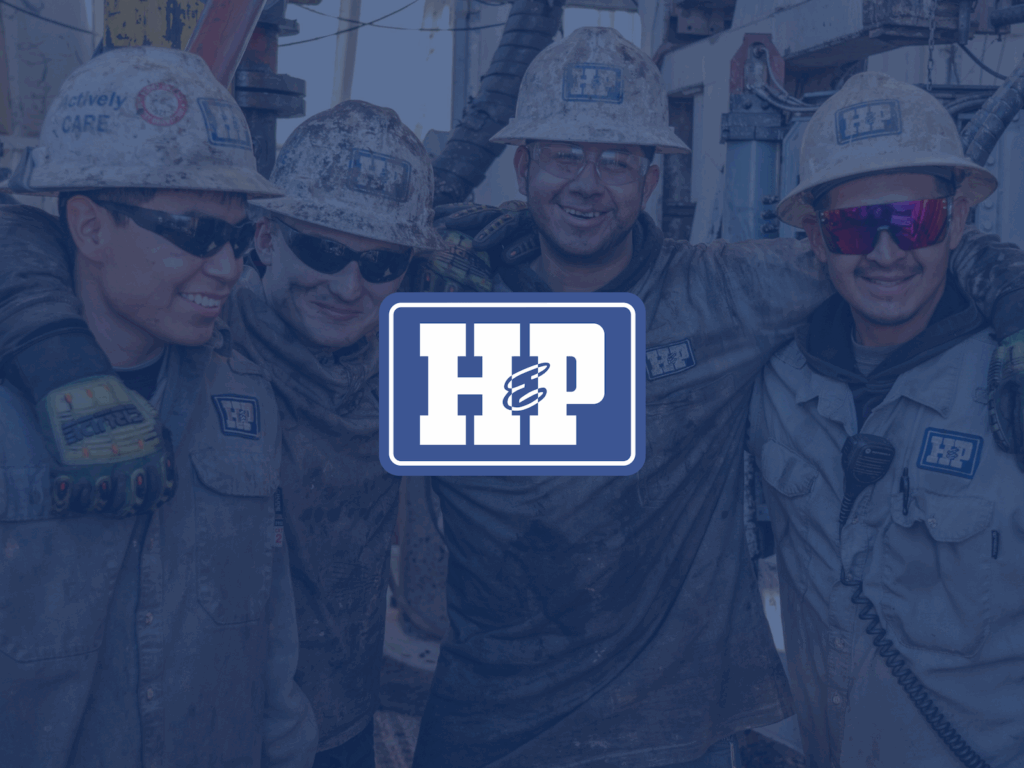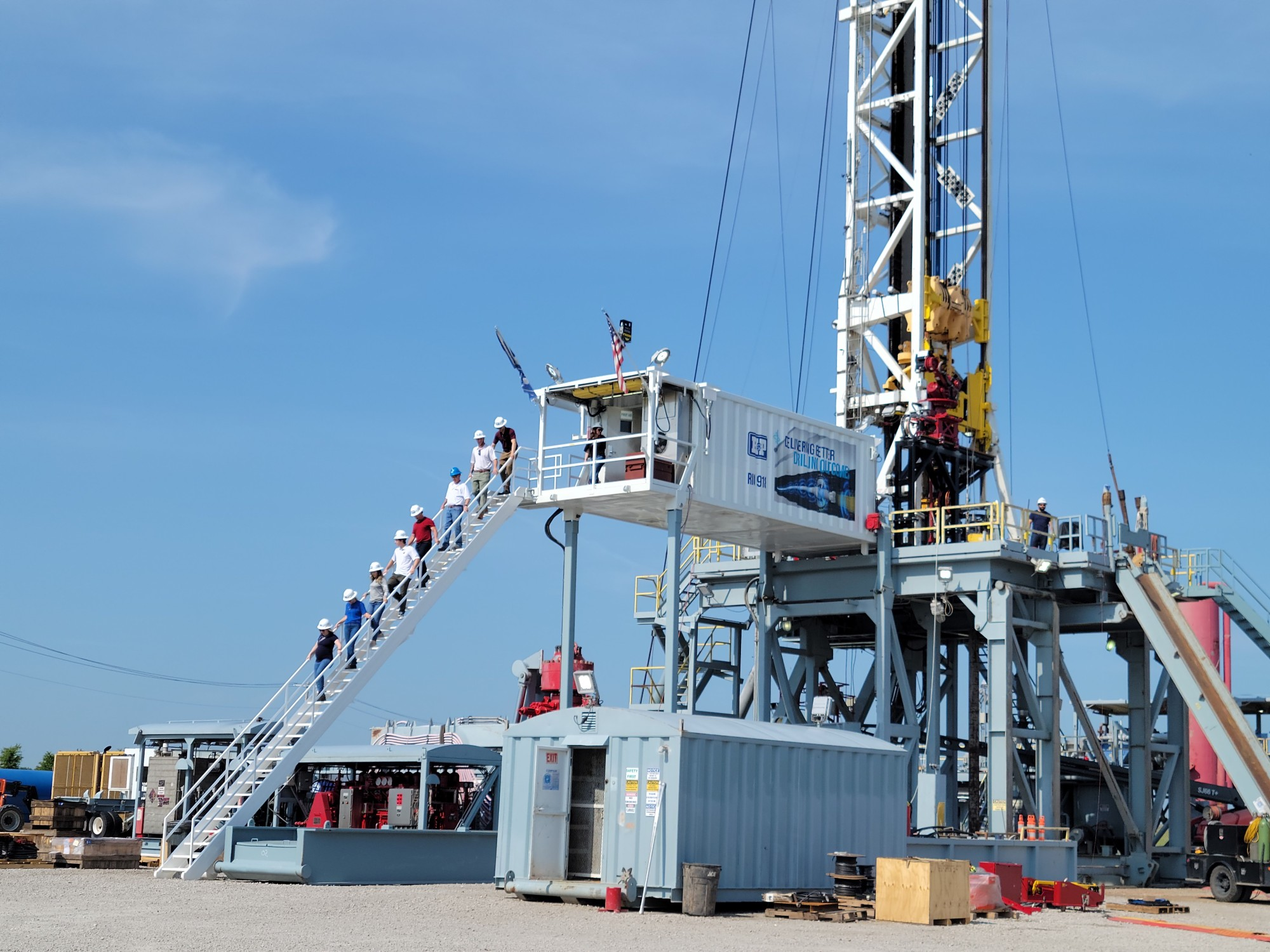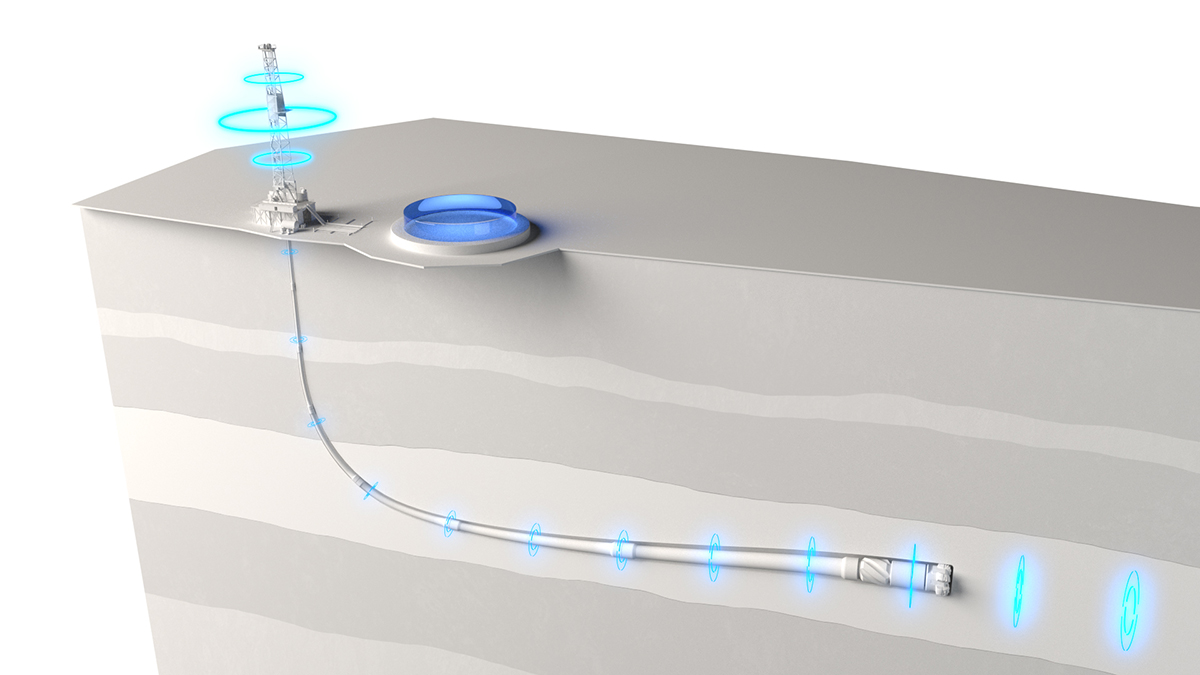Technical Paper
-

An Analysis of Drilling Projection Uncertainty and Implications for Collision Avoidance Management Systems
Abstract During well planning, specifying the separation that must be maintained from offset wellbores is critical to ensuring safe operations. Recent efforts on API RP…
-

Recovery Control – Closing the Loop in Automated Control Systems
Abstract Drilling process automation has been a trending topic within the technical community, most recently discussed in SPE-212565-MS (Cayeux et al. 2023). Recovery control –…
-

Technology Optimizes Lateral Spacing
Abstract DENVER–Drilling the optimal number of horizontal wells to efficiently drain ultralow-permeability reservoirs is critical to achieving economic value in shale and tight oil plays.…
-

Fully Automated Directional Drilling for Consistency and Improved Performance
Abstract With the high rates of penetration achieved by today’s drilling contractors, directional drillers have little time to make optimal steering decisions in a continually…
-

Blind Trust: Challenges in Data Sharing for Oil and Gas Well Construction
Abstract The drilling and completion of oil and gas wells is a collaborative business, involving employees from many contractors working together. Well construction generates many…
-

Practical Challenges to Consider for Model-Based Engineering in Drilling Automation
Abstract Model-based engineering has become more prevalent in the drilling industry over the last few decades. While there is great value in using models, a…
-

The Value of Process and Application Consistency in Drilling Automation
Abstract The drilling industry has undergone significant changes in recent years, leading to increased efficiency, lower costs, and reduced emissions per production unit. As unconventional…
-

To What Extent Can the Notion of an Effective Length Be Reliable to Assess the BHA Lateral Behavior?
Abstract Many models in the industry use the notion of an effective length to make predictions about the bottom hole assembly (BHA), whether for its…
-

Application of Advanced Buckling Model Leads to Lighter Well Architecture for Deepwater Development, Saving Cost and CO2 Emissions
Abstract The use of basic torque and drag modeling as well as the application of industry-standard buckling formulae can limit the options for well design.…
-

Achieving ISCWSA MWD+IFR1 Tool Codes Without Airborne Magnetic Surveys
Abstract Accurate wellbore placement and collision avoidance are increasingly important in today’s tightly spaced horizontal wells and congested fields. Modern well plans incorporate hydraulic fracture…
-

Directional Drilling Automation Human Factors and Automated Decision Making
Inconsistent directional drilling performance has cost the oil and gas industry billions of dollars in drilling costs, missed production potential, and increased lifting costs. While…